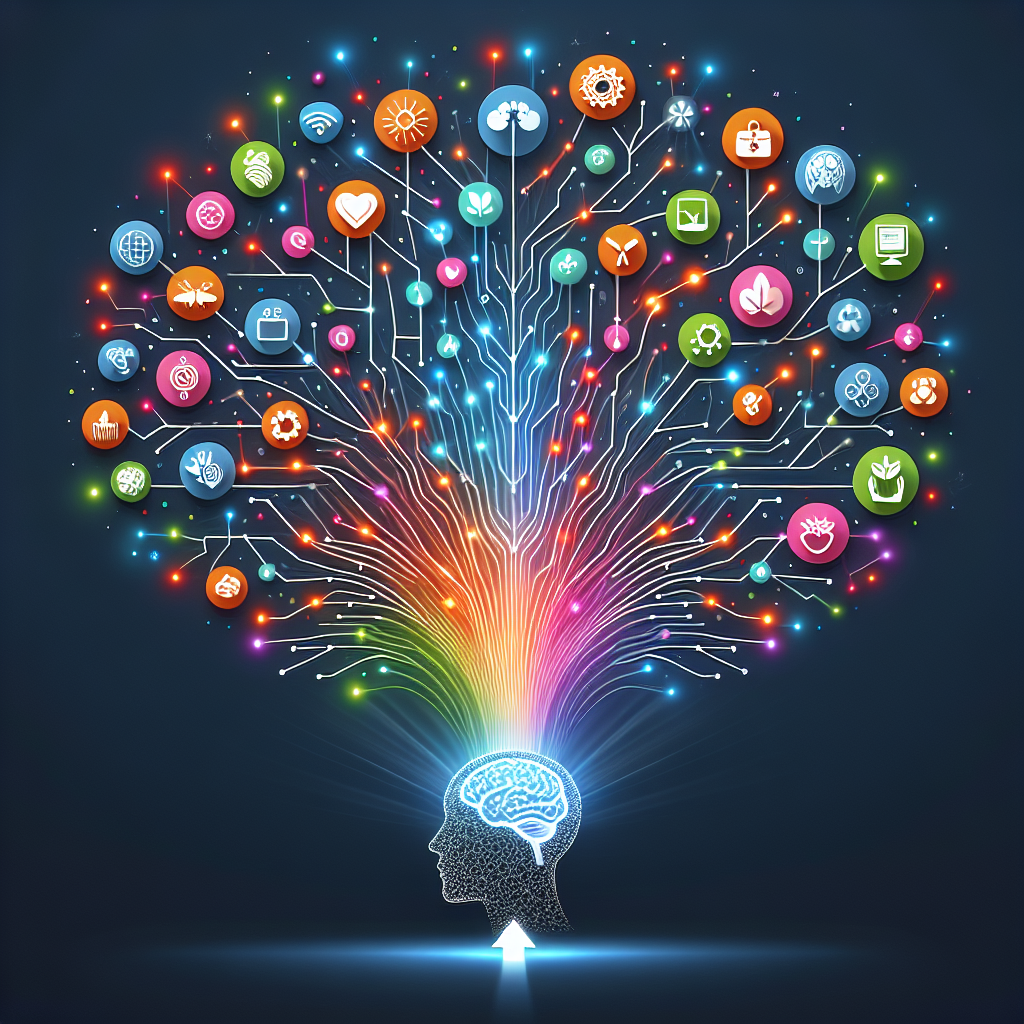Artificial intelligence (AI) has been revolutionizing industries across the board, from healthcare to finance to retail. However, one sector that is often overlooked when it comes to AI adoption is the nonprofit sector. Nonprofit organizations, which rely heavily on donations and grants to fund their initiatives, can greatly benefit from leveraging AI to drive innovation and achieve their missions more effectively.
AI has the potential to transform the nonprofit sector in several ways, from streamlining operations to improving donor engagement to increasing impact measurement. By harnessing the power of AI, nonprofits can operate more efficiently, make data-driven decisions, and ultimately serve their communities more effectively. In this article, we will explore how nonprofits can leverage AI to drive innovation and create positive change.
Streamlining Operations
Nonprofit organizations often face limited resources and tight budgets, which can make it challenging to operate efficiently. AI can help nonprofits streamline their operations by automating repetitive tasks, such as data entry, scheduling, and communication. By automating these tasks, nonprofits can free up time and resources to focus on more strategic initiatives, such as program development and fundraising.
For example, AI-powered chatbots can handle donor inquiries and requests, freeing up staff members to focus on building relationships with donors and securing funding. AI can also help nonprofits optimize their marketing efforts by analyzing data to identify the most effective strategies for reaching and engaging donors. By streamlining operations with AI, nonprofits can operate more efficiently and effectively, ultimately maximizing their impact.
Improving Donor Engagement
Donor engagement is crucial for nonprofits, as it is essential for securing funding and support for their initiatives. AI can help nonprofits improve donor engagement by personalizing communication and outreach efforts. By analyzing data on donor preferences and behavior, AI can help nonprofits tailor their messaging and campaigns to resonate with donors on a more individual level.
For example, AI-powered algorithms can analyze donor data to predict which donors are most likely to respond to a specific appeal or campaign. By targeting these donors with personalized messaging, nonprofits can increase the likelihood of securing donations and support. AI can also help nonprofits track donor engagement and measure the impact of their fundraising efforts, allowing them to make data-driven decisions to optimize their strategies.
Increasing Impact Measurement
Measuring impact is a key challenge for nonprofits, as it can be difficult to quantify the outcomes of their initiatives and demonstrate the effectiveness of their programs. AI can help nonprofits improve impact measurement by analyzing data and tracking key performance indicators (KPIs) to assess the success of their initiatives.
For example, AI-powered analytics tools can track metrics such as program outcomes, beneficiary satisfaction, and overall impact to provide nonprofits with real-time insights into the effectiveness of their programs. By leveraging AI for impact measurement, nonprofits can demonstrate the value of their work to donors, funders, and stakeholders, ultimately increasing transparency and accountability.
FAQs
Q: How can nonprofits get started with using AI?
A: Nonprofits can get started with using AI by identifying their specific needs and goals, and exploring AI solutions that align with their mission and objectives. There are many AI tools and platforms available that are designed specifically for nonprofits, so it’s important to research and evaluate different options to find the best fit for your organization.
Q: Is AI expensive for nonprofits to implement?
A: While AI technology can be costly, there are many affordable and accessible AI solutions available for nonprofits. Some AI tools offer discounted pricing or special rates for nonprofits, so it’s worth exploring different options to find a solution that fits within your budget.
Q: Will AI replace human workers in the nonprofit sector?
A: While AI has the potential to automate certain tasks and processes, it is unlikely to replace human workers in the nonprofit sector. AI is best used as a tool to augment human capabilities and enhance efficiency, rather than as a replacement for human workers. Nonprofits can leverage AI to streamline operations, improve donor engagement, and increase impact measurement, while still relying on human workers to drive innovation and create positive change.
In conclusion, AI has the potential to revolutionize the nonprofit sector by driving innovation, improving efficiency, and increasing impact measurement. By leveraging AI technology, nonprofits can streamline operations, improve donor engagement, and demonstrate the effectiveness of their programs more effectively. While there are challenges and considerations to be mindful of when implementing AI in the nonprofit sector, the benefits of leveraging AI far outweigh the potential risks. As AI continues to evolve and advance, nonprofits have the opportunity to harness its power to create positive change and make a lasting impact in their communities.

